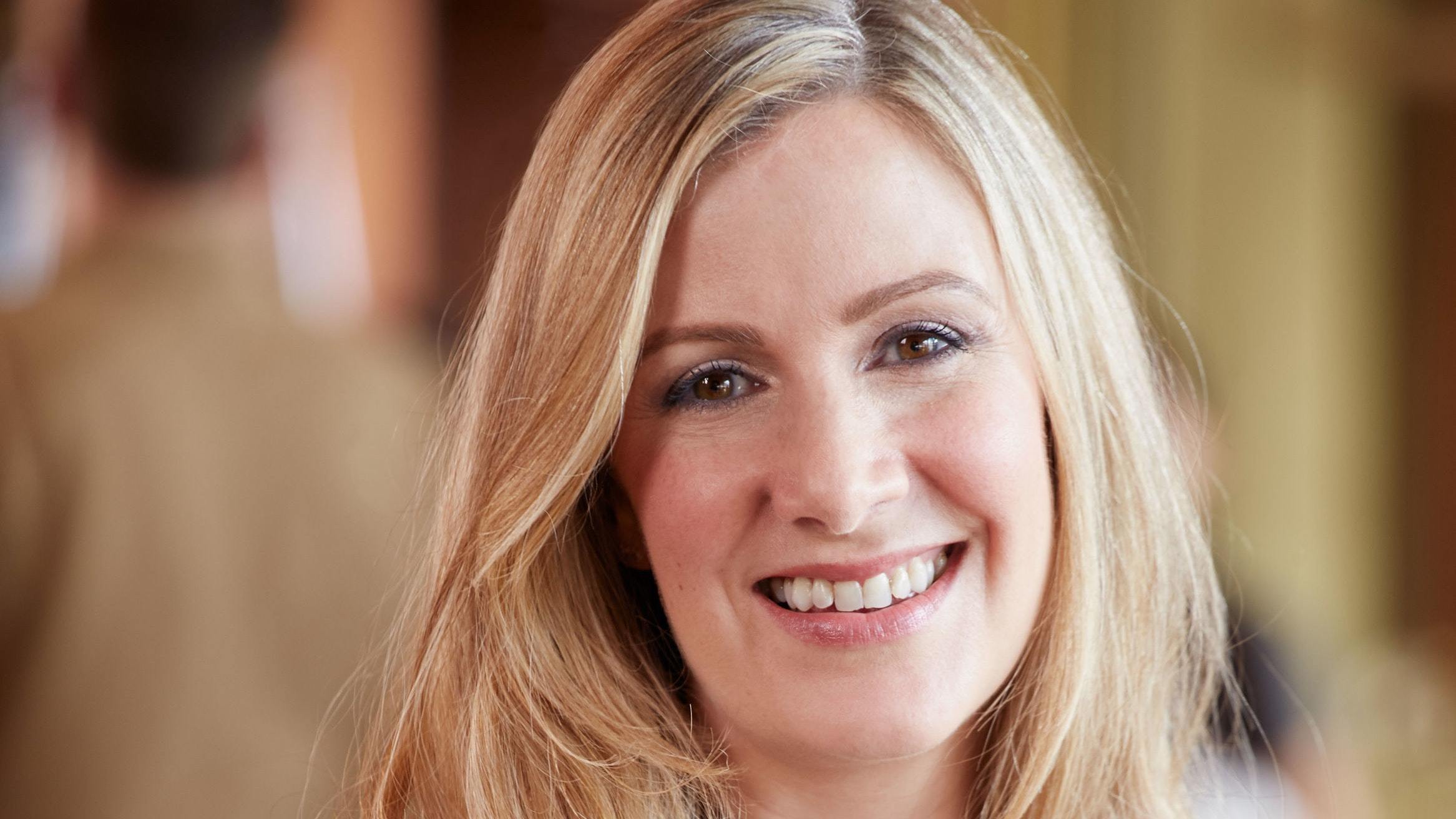
HAPPY Sunday: Not really a day to muse about our certain demise, to mull over the prospect of shuffling off for good.
Our keep-calm-and-carry-on culture forbids it until, that is, we all find ourselves standing in the rain outside a crematorium, strangled with suppressed grief, desperate not to cry and grey from the effort of resisting thoughts of our own mortality.
But Rachael Bland wanted to talk about death. And she did. In a blog, in a podcast and on Twitter, where she shared her “new normal” – life after a breast cancer diagnosis in 2016 – with thousands of people up and down the country.
The Radio 5 presenter died on September 5 and the final podcast of You, Me and The Big C was released on Thursday.
Rachael’s story is all the more poignant when you learn of her three-year-old son Freddie, and how she felt she could cope with most things relating to her cancer except the thought of leaving him. When she learned earlier this year that her condition was terminal, Rachael decided with the help of her husband to face her death and try to communicate what was happening to her little boy.
She wrote a memoir which she described as “a pleasure”, leaving behind stories for Freddie, as well as tangible personal effects such as a pile of notebooks so he could see her handwriting, press clippings, presents for future birthdays and a bottle of her perfume so that he could remember how his mummy smelled.
But Rachael is the exception, not the rule.
Death is not something that we are willing to discuss and face with the people we love. We fear being helpless, inarticulate, afraid, without answers.
Somehow, our culture has managed to write death out of the human experience, so that we all live in denial of something that is inevitable.
But we are not immortal and the understandable desire to run away from the reality serves no one.
We need to be able to talk to about how we feel about death, what we want to happen when our time comes, to think about what a good death means. To actually confront the unthinkable as well as work out the practical stuff.
That way, like most things faced head on, we become less fearful, more familiar with it.
Recently, in the space of a year, I was with two people I loved when they died. The first, my mum, after a long battle with Alzheimer’s.
She just faded away in the early hours and we sat with her, holding her hand, gently seeing her out. The second was my best friend, only 49, at the Beatson in Glasgow. She had lived with cancer for five years, accepting but determined to live as normally as possible.
We had talked about how she wanted things, especially for her daughters, and how it was agony to leave them and never know their stories.
To be part of the death of someone you love is painful, but it is a privilege. And it helps us face our own fears, reminding us how keenly we must try to live the best life we can.
Jane Wright is an editor at theconversation.com

Enjoy the convenience of having The Sunday Post delivered as a digital ePaper straight to your smartphone, tablet or computer.
Subscribe for only £5.49 a month and enjoy all the benefits of the printed paper as a digital replica.
Subscribe